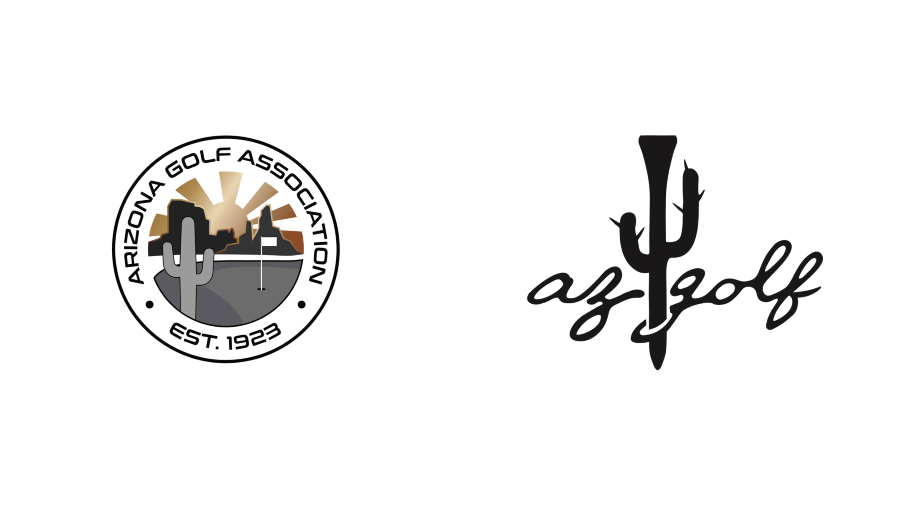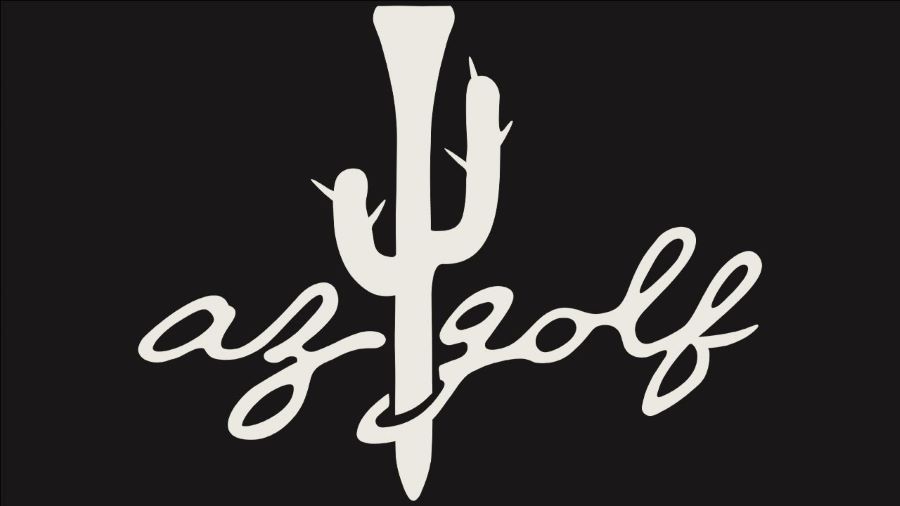Branding: a term that is often used and misunderstood. We wanted to talk with a member association that had recently completed a rebrand and talk through both the process and implications of undertaking that process.
In our conversation with AZ Golf’s Senior Brand Advisor, Preston McFarland, we explored a dive into the recent rebranding of AZ Golf. Renowned for its intentional approach and pioneering spirit in the industry, the association began a journey to redefine its identity. With a rich legacy to honor and a vision to embrace a wider spectrum of golfers, regardless of skill level, the rebranding initiative aimed to blend tradition with innovation. In this month’s IAGA Insider Digest, we uncover the behind-the-scenes of this transformative process and gain insights into navigating the waters of rebranding.
With a focus on purpose and a commitment to evolving AZ Golf, McFarland led the association through a meticulous examination of its brand legacy. Their mission was to infuse modernity and versatility into every facet of their visual identity.
“We took a pretty deep dive into our logo and figured out what we could do to potentially revamp it,” McFarland explained. “We wanted to create a little bit more flexibility around horizontal usages, vertical use cases, and stacked logos as well.”
McFarland and his team set off on a journey of exploration, guided by AZ Golf’s values of inclusivity and authenticity.
“We started this very large logo exploration, five rounds in total.” Preston recounted. “We cast the biggest net of potential creative outputs here and had very open and honest conversations on how some of these designs made us feel or what it reminded us of.”
McFarland added “We wanted to create something that we were really proud of and that we thought was cool.” He continued “The second piece was that we wanted to give our community a reason to invest further into us. We wanted to tell a story and this goes back to those easter egg moments, like the two spikes on one arm and three on the other. Storytelling urges them to invest further into us as a brand and it makes it really hard to argue against.”
McFarland noted that AZ Golf wanted its members to feel a sense of ownership of the redesign and rebranding process. To make sure that was the case, AZ Golf made sure to share the entire process with its members via social media to create a shared sense of ownership. This led to easier adoption of the changes by the broader membership.
Golf has undergone significant transformations over the past three years, especially in the wake of COVID. Despite potential fatigue from pandemic discussions, its undeniable impact revitalized the golf industry.
“Among these changes, it’s essential to recognize that the recent rebranding effort by AZ Golf isn’t necessarily groundbreaking within the industry. Rather, it reflects a broader trend of innovation that has been steadily building momentum in golf circles over the past few years. This evolution is driven by a shift in focus towards a more diverse and inclusive audience. The sport is now attracting individuals from varied backgrounds who may not have grown up playing golf traditionally.” said McFarland.
The rebranding initiative aimed to speak to this broader demographic of golf enthusiasts, accommodating different styles of play and catering to those seeking a more accessible and enjoyable golfing experience.
AZ Golf’s thought-out approach extended beyond the creative process, encompassing a comprehensive strategy for the rebrand’s unveiling. Through a deliberate plan, they ensured the new identity resonated across all platforms. This included disseminating a detailed press release, leveraging social media channels, integrating it within member and non-member newsletters, and positioning their new identity on the forefront of their website.
McFarland underscored the significance of aligning content with communication efforts, emphasizing the need for cohesion in messaging. “I just want to speak about sharing your doings with the community. Just take some time to do it right. Plan ahead, come up with a very structured content calendar, and work back with your communications department to make sure that everybody is on the same page with rollout, because you can do a really, really good rebrand and then miss on the rollout. So in many ways, that’s just as important as all the backend work that you’re doing to actually create the new brand look and feel,” remarked McFarland. His advice serves as an important reminder that a synchronized rollout strategy is just as essential as the creative groundwork, ensuring the brand’s transformation is effectively communicated and embraced by stakeholders.





